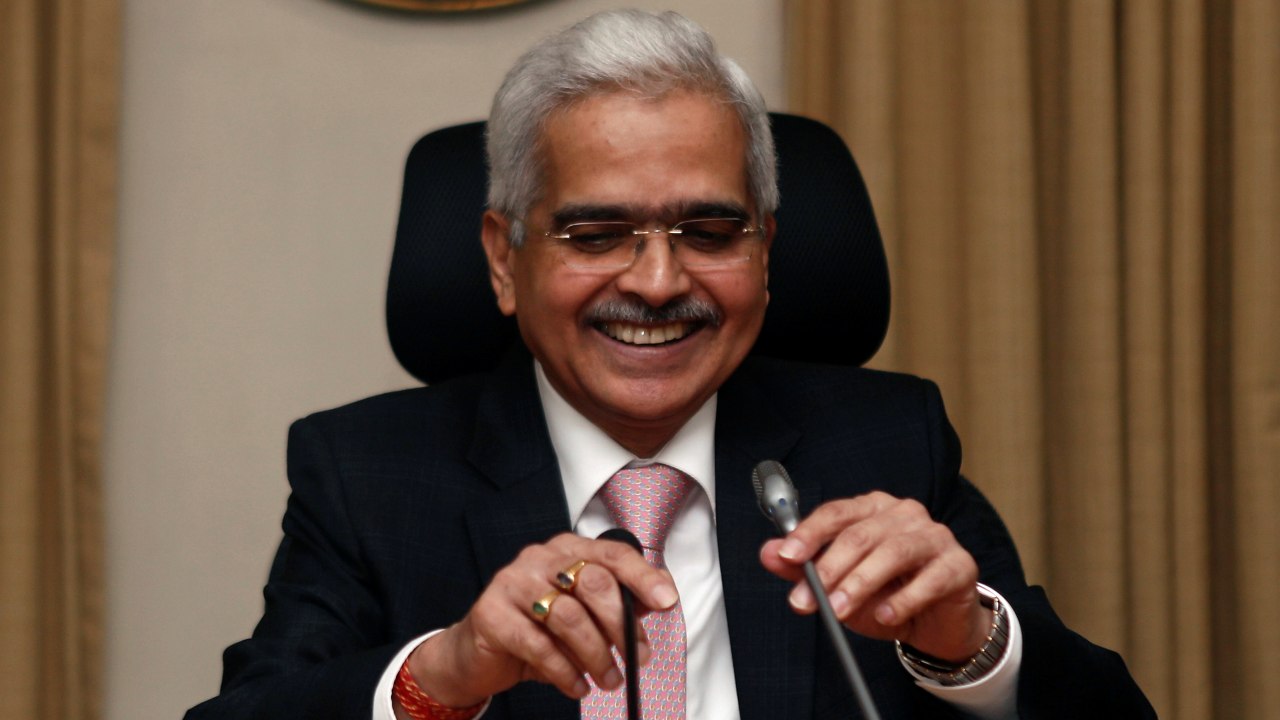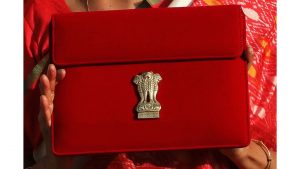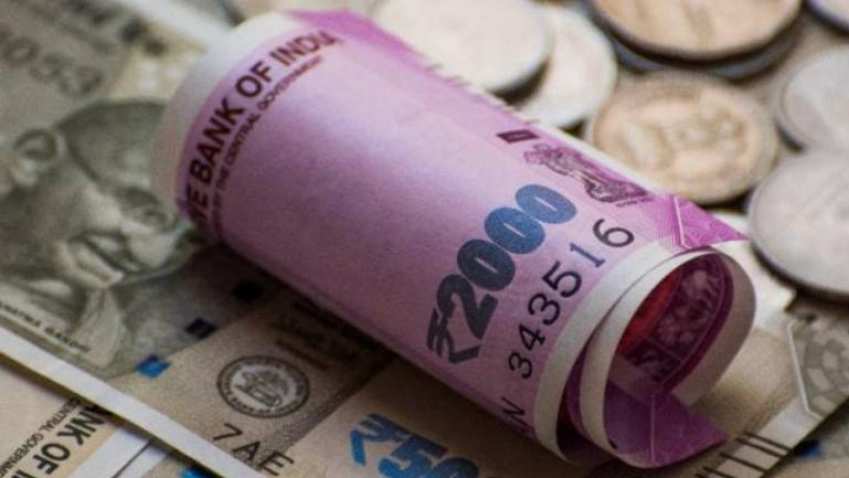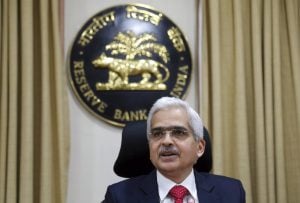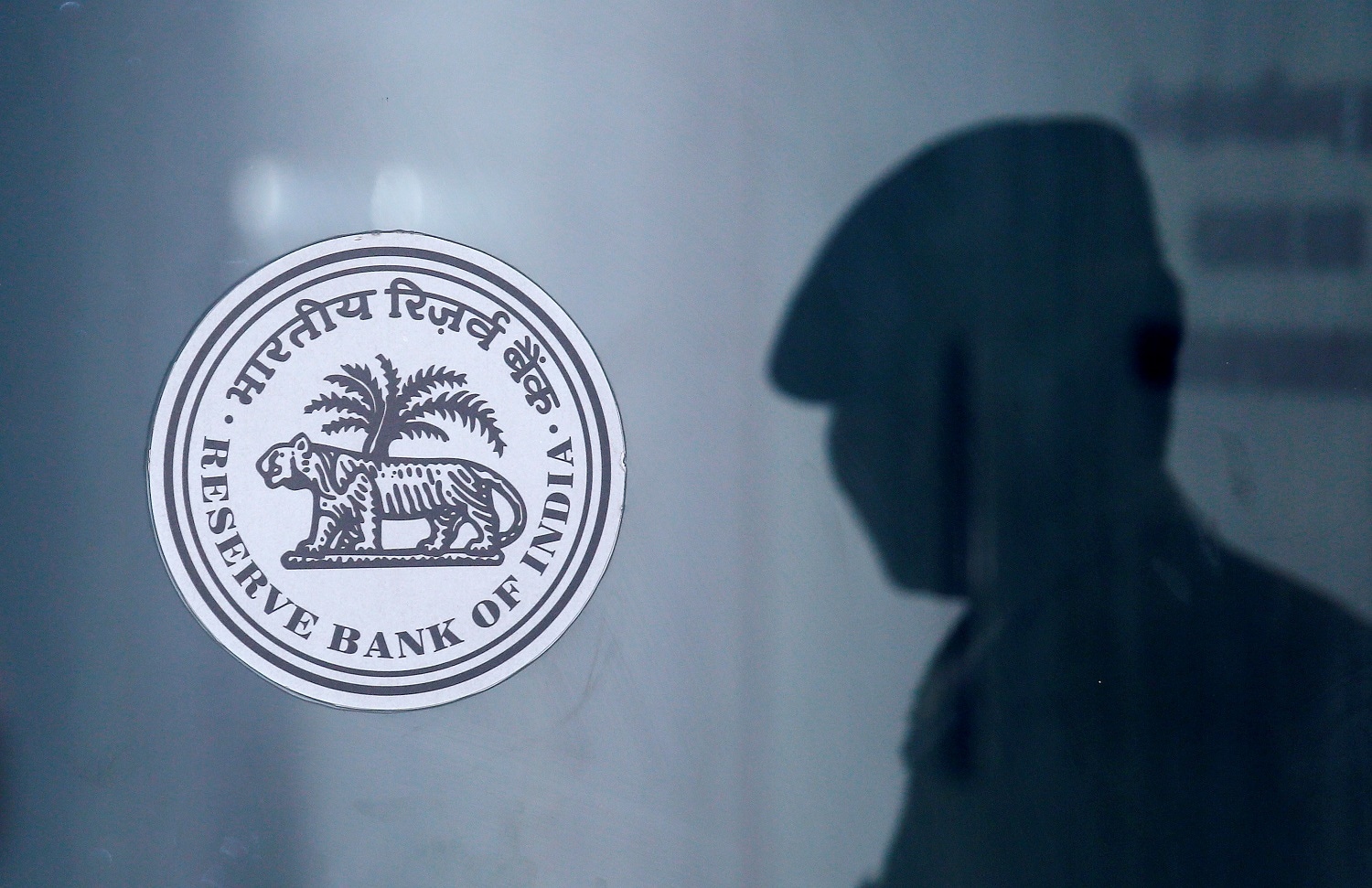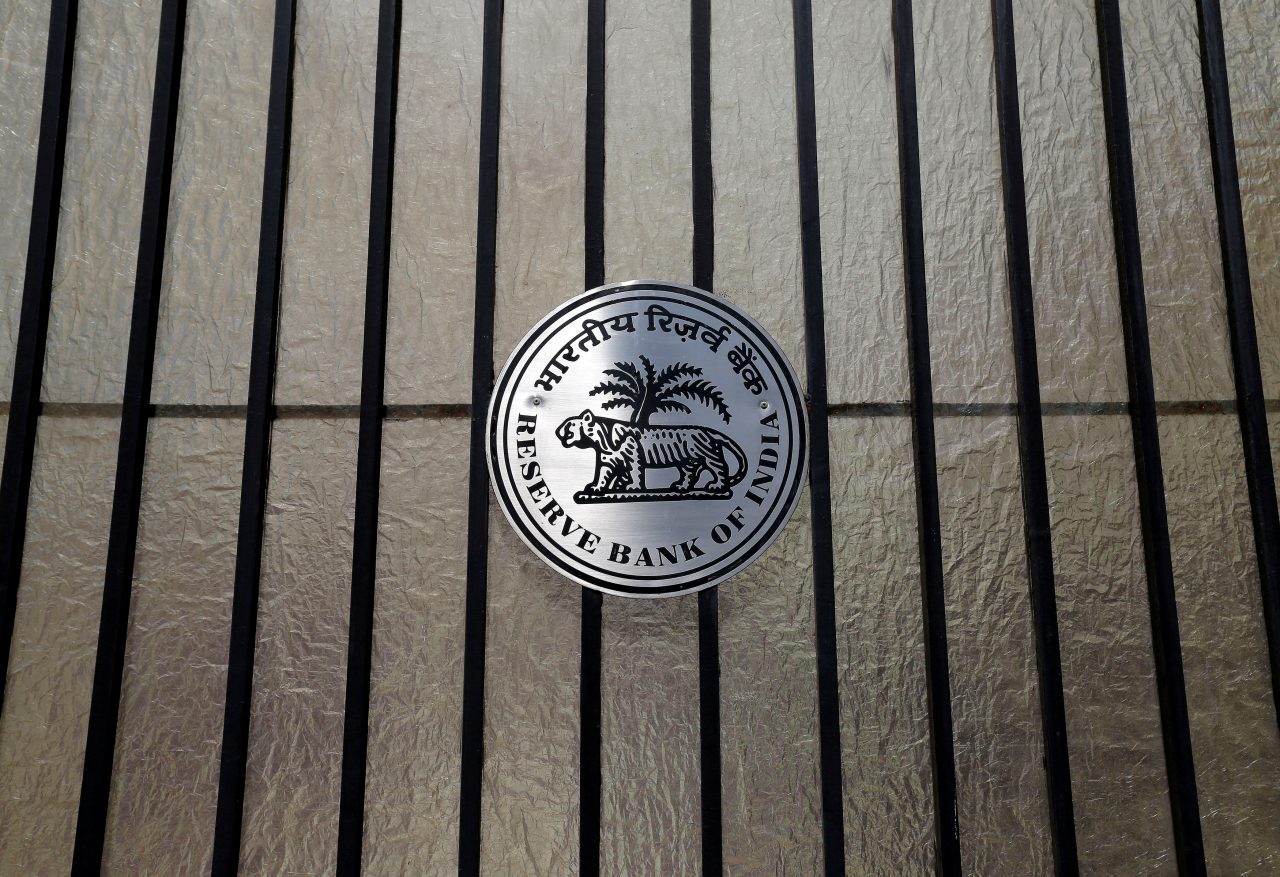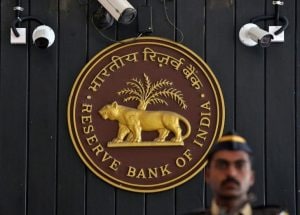The Reserve Bank of India‘s (RBI) Monetary Policy Committee (MPC) cut its key interest rate for the fourth successive time, reducing the repo rate by 35 basis points to 5.4 percent, to get the economy off its sickbed.
The central bank lowered the FY20 GDP growth target to 6.9 percent from 7 percent. Eminent bankers and economists, in an interview with CNBC-TV18, discussed the policy in detail.
Neeraj Gambhir, President and Head of Treasury and markets at Axis Bank said, “The size of the rate cut, which is larger than the market expected and the fact that we already have about Rs 2 lakh crore surplus in the system and the fact that there is quite a bit of assurance about providing liquidity as and when required, I think we should now start seeing some kind of transmission to happen going forward.”
PK Gupta, Managing Director of State Bank of India, said, “As the governor himself mentioned that SBI has taken a lot of steps, one of the things which we did was that we linked quite a sizeable portion of the lending book also to the RBI repo rate. On that book already, 50 bps cut has happened and today’s cut of 35 bps will also get transmitted from October 1, so there is effectively 85 bps cut that happens there.”
Kaushik Das, the chief economist at Deutsche Bank, said, “The way I see the policy, the way they have framed it and talked about it, growth being the biggest priority. It’s very clear that on the fiscal side you do not have much space and the gross borrowing is pretty high.”
“What we heard on August 6th is probably sovereign bond issuances may not happen in this financial year. So we will have to wait and see for that and then the gross borrowing remains high in the local market. Therefore, we wouldn’t expect the fiscal deficit to be increased and trying to support growth. So most of this heavy lifting will have to be done by monetary policy and reforms together,” said Das.
Shanti Ekambaram, President-Consumer Banking at Kotak Mahindra Bank, said, “From March this year you have seen the deposit rates come down and the marginal cost of funds based lending rate (MCLR) also reducing and transmission happening. Banks have large deposit bases which are fixed rate. As they keep getting repriced you will see the transmission increase. So you have seen transmission from March, I think you will see transmission going forward.”
“The key thing is, is the interest rate alone driving demand? The answer is no, and the auto sector is a perfect example of that. New car rates are probably at its all-time low, but you are still seeing demand so consumption has slowed down, investment has slowed down for a very long period of time. So in my mind, in addition to rate transmission which has happened and which will continue to happen, there is a bigger issue on how do you stoke the demand, is interest rate alone sufficient to stoke the demand.”
According to Sajjid Chinoy, chief India economist at JPMorgan, “RBI is worried about growth and that is going to be the main priority for them going forward. The two key takeaways from the policy are – one, inflation is going to remain below 4 percent for the next four quarters, which means that the RBI can look mainly at growth to decide monetary policy. While they did shave growth from 7 percent to 6.9 percent that is still a very aggressive estimate.”
“Our own sense is growth this year could be closer to 6.5 percent, the first quarter of the fiscal year growth will be below 6 percent. So to get anywhere close to 7 percent, you need growth to be almost 8 percent in the second half of the year which will be very hard to achieve.”
Aditya Narain, head of research- Institutional Equity at Edelweiss Securities, said, “The policy does seem to acknowledge and reflect the fact that the non-banking financial company (NBFC) crisis has stabilised. I think that is important and that has been the first step particularly because both the government and the RBI didn’t decide to come in with a big bang. I think to some extent that is a little bit of a positive.”
“The approach is clearly a very gradual one. So some of the risk-weightage relaxation, some of the expansions of bank credit into NBFCs is more a progressive move. The reduction in risk-weightage is quite meaningful in terms of the direction it is showing because what you effectively require more than just necessarily a monetary stimulus is basically a kind of fiscal stimulus and you need more risk appetite to come into the banking system which is where you will see a wider transmission of both liquidity and rates. That is a good positive move,” he added.
Talking about the impact on bond markets, Ananth Narayan, Professor at SPJIMR, said, “With regards to bond yields, it has been a bit of a buy the rumours sell the fact. The market was expecting a dovish policy when in doubt this market will tend to expect a dovish policy from his governor. I guess you are seeing a bit of a reaction now, but the overall trend I don’t think has changed as yet, we will still see a range and depending upon global factors yields will probably come down over time.”
“RBI has done more than its bit, 110 basis points of rate cut since February pre-emptively, a change in stance to accommodative, Rs 2 lakh crore of surplus banking liquidity availability all this would have been unthinkable in under the previous regime. So frankly RBI has done more,” said Narayan.










 Listen to the Article
Listen to the Article  Daily Newsletter
Daily Newsletter





